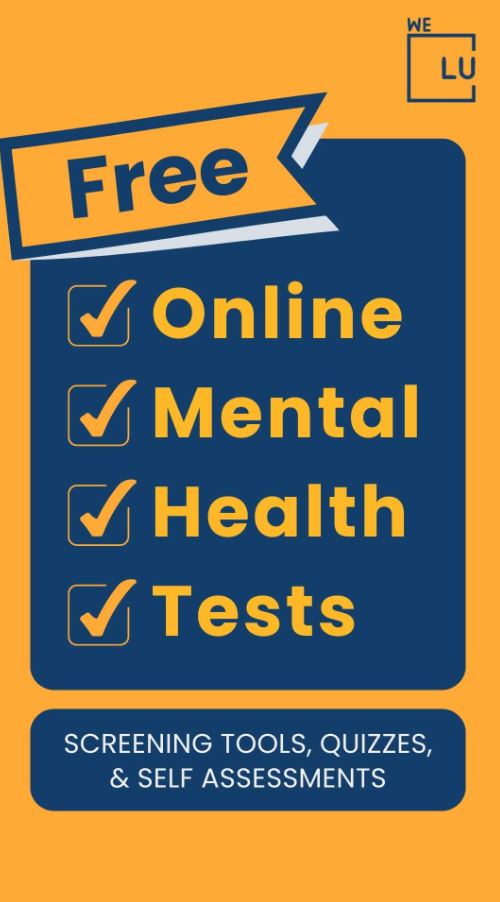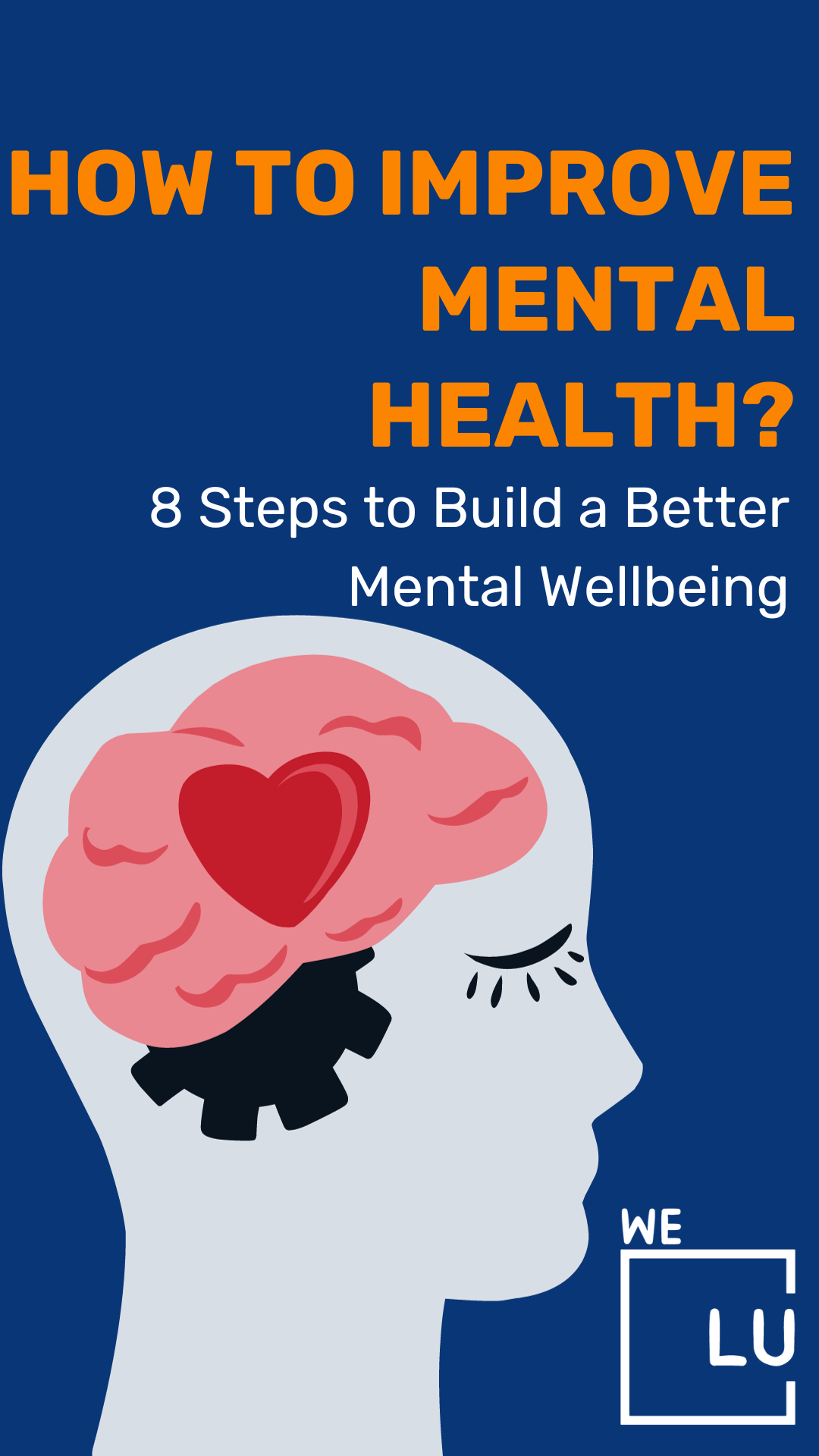What Is China Fentanyl?
China fentanyl refers to a potent synthetic opioid that is chemically similar to natural opioids like morphine and heroin, but it is far more potent. This synthetic compound is estimated to be up to 100 times more powerful than morphine and about 50 times more potent than heroin.
Fentanyl is primarily used medically for pain management in patients with severe chronic pain or those undergoing surgery. However, its illicit production and distribution have led to a global crisis due to its high potential for abuse and overdose.
One of the key concerns surrounding China fentanyl is its widespread illicit production and export from China to various parts of the world. The country has been implicated as a significant source of the precursor chemicals used in fentanyl production and the finished product. This illicit manufacturing and distribution have contributed to a surge in opioid-related overdose deaths, particularly in North America.
Table: China Fentanyl Overview
| Aspect | Information |
|---|---|
| Chemical Structure | Widely abused for its euphoric effects, implicated in overdose crisis |
| Potency | Up to 100 times more potent than morphine |
| Medical Use | Prescribed for severe pain management and surgical anesthesia |
| Illicit Use | Illicitly exported to various parts of the world, mainly NA |
| Origin | China has been a significant source of precursor chemicals and fentanyl |
| Distribution | Illicitly exported to various parts of the world, particularly NA |
| Challenges | International efforts to control production and distribution |
| Health Implications | High risk of overdose and death due to potency |
| Law Enforcement | Ongoing efforts to combat illicit production and trafficking |
As we delve deeper into the origins, distribution, and implications of China fentanyl, it becomes evident that addressing this crisis requires international collaboration, regulatory measures, and a comprehensive approach to curb this deadly substance’s production and illicit trade.
Is All Fentanyl From China?
No, not all fentanyl originates from China. While China has been identified as a significant source of illicitly manufactured fentanyl and its precursor chemicals, it’s essential to recognize that fentanyl production is not limited to China alone. Illicit fentanyl production can occur in various countries, and its distribution networks can span across regions.
China’s role in the fentanyl trade has gained attention due to its large chemical manufacturing industry and lax regulations allowing for the production and distribution of fentanyl and its precursor chemicals. However, efforts have been made by both Chinese authorities and international organizations to tighten regulations and control the production of these substances.
Illicit fentanyl production is a global issue, and law enforcement agencies work together to combat its spread worldwide. The origins of illicit fentanyl can vary, and it may be produced in clandestine labs within different countries, not solely in China. In response to the crisis, many countries have implemented stricter regulations on the precursor chemicals used to manufacture fentanyl and have increased efforts to disrupt the supply chain.
In conclusion, while China has played a significant role in the illicit fentanyl trade, not all fentanyl comes from China. It is a complex and multifaceted issue that involves multiple countries, and efforts to address the problem require international cooperation and comprehensive strategies.
Fentanyl Deaths In China
China is one of the primary sources of fentanyl, and its related chemicals are smuggled into other countries, especially the US. In 2019, China announced that it would ban all fentanyl-related drugs as a class of controlled substances, which the US government welcomed as a positive step to combat the opioid crisis. However, some experts doubt this measure will be effective, as fentanyl producers may find ways to evade the regulations or shift to other countries.
China accounted for 0.4 percent of the world’s total fentanyl consumption in 2021, which was much lower than Germany (14.5 percent), the US (11.8 percent), or Canada (9.6 percent). However, China is still a significant source of illicit fentanyl trafficked to other countries, especially the US, where fentanyl and its analogs are responsible for most opioid overdose deaths.
The US-China Economic and Security Review Commission reported more than 93,000 drug overdose deaths in the US in 2020, of which 69,710 were opioid overdoses. The Congressional Research Service also noted that fentanyl-related substances may have resulted in almost 73,000 overdose deaths in the US between July 2021 and June 2022.
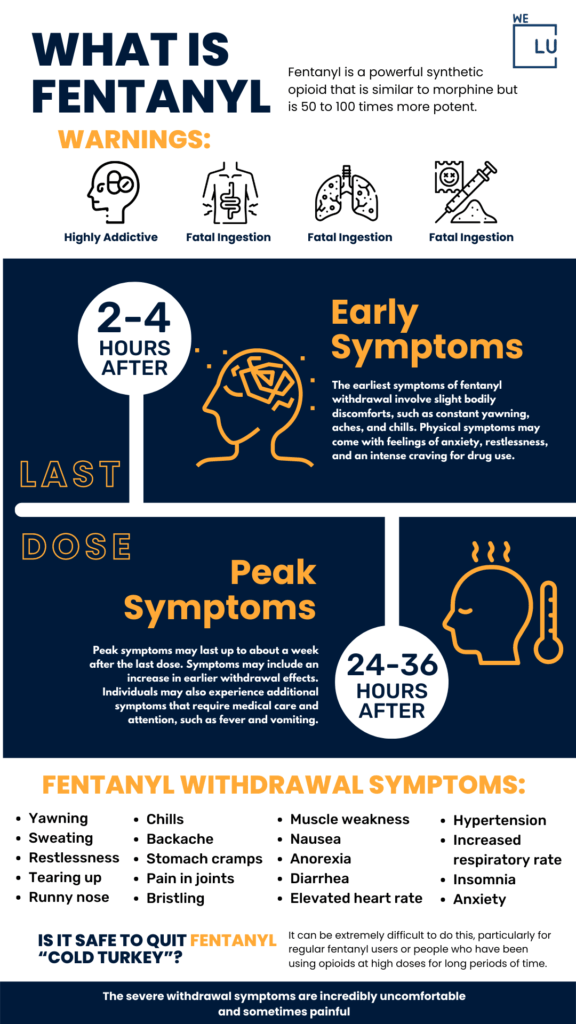
Skip To:
Learn More:
- How Does Fentanyl Make You Feel, Does Fentanyl Get You High & How Long Does Fentanyl High Last?
- What is the Fentanyl Half Life & How Long Does Fentanyl Last?
- How Long Does Fentanyl Stay In Urine? Fentanyl Urine Testing
- Why Is Fentanyl So Dangerous? Dangers Of Fentanyl & How Much Fentanyl Is Dangerous?
- How Is Fentanyl Made? Fentanyl Facts
- How Long Does Fentanyl Stay In Your System, Urine, Blood, Salvia & Hair? Fentanyl Drug Test Duration Chart.
- What Does Fentanyl Do To You? Abuse, Side Effects & Treatment
- What is Fentanyl? Rainbow Fentanyl Symptoms, Uses, Side Effects, Overdose & Detox Withdrawal Timeline
- What Does Fentanyl Look Like? Rainbow Fentanyl, Colored Candy Fentanyl, Skittles Fentanyl Images, Facts, Warnings, & FAQs
- Carfentanil Drug
Get Help. Get Better. Get Your Life Back.
Searching for Accredited Drug and Alcohol Rehab Centers Near You?
Even if you have failed previously and relapsed, or are in the middle of a difficult crisis, we stand ready to support you. Our trusted behavioral health specialists will not give up on you. When you feel ready or just want someone to speak to about therapy alternatives to change your life call us. Even if we cannot assist you, we will lead you to wherever you can get support. There is no obligation. Call our hotline today.
(844) 597-1011Popular China Fentanyl FAQs
-
Does Fentanyl Come From China?
While not all fentanyl originates from China, China has been recognized as a significant source of illicitly manufactured fentanyl and its precursor chemicals. Illicit fentanyl production can occur in various countries, but China’s large chemical manufacturing industry and lax regulations have contributed to its role in the global fentanyl trade. Efforts have been made by Chinese authorities and international organizations to regulate and control the production of these substances.
-
Is Chinese Fentanyl Stronger Than Regular Fentanyl?
Chinese fentanyl is not inherently more potent than “regular” fentanyl. Fentanyl is a highly potent synthetic opioid, and its strength is primarily determined by its chemical composition rather than its country of origin. Fentanyl and its analogs can vary in potency, and even tiny amounts can significantly impact the body. It’s important to note that all forms of fentanyl are extraordinarily potent and carry a high risk of overdose and death, regardless of their origin.
Fentanyl Factsheet
Fentanyl Overview
Fentanyl is a synthetic opioid used to treat moderate to severe pain, especially in cancer patients or after surgery. It is 50 to 100 times more potent than morphine and can cause respiratory depression, addiction, and overdose. It can be prescribed in different forms, such as injection, nasal spray, patch, tablet, spray, or lozenge. It can also be illegally made and mixed with other drugs, such as heroin or cocaine.
Fentanyl Abuse Methods
- Intravenous Injection: Some individuals abuse fentanyl by injecting it directly into their veins. This method produces rapid and intense effects as the drug quickly enters the bloodstream.
- Transdermal Patches: Abusing fentanyl patches involves extracting the gel from the patch and either consuming it orally or injecting it. This method is dangerous due to the high concentration of fentanyl in the gel.
- Oral Consumption: Fentanyl pills or lozenges can be swallowed, although this method is less common due to the drug’s potency.
- Smoking: While possible, smoking fentanyl is a highly hazardous practice. The drug is heated on foil, and the resulting vapor is inhaled. Due to fentanyl’s potency, even a slight miscalculation in dosage can lead to overdose and death. This method is strongly discouraged.
- Snorting: Some individuals crush fentanyl pills or powder and snort it. Like other methods of abuse, this is risky due to the drug’s potency, potentially causing rapid and intense effects that increase the risk of overdose.
Fentanyl Addiction Treatments
Treating fentanyl addiction requires a comprehensive approach that addresses both the physical dependence on the drug and the psychological aspects of addiction. Here are some common fentanyl addiction treatments:
- Medical Detoxification: The first step in treating fentanyl addiction is often medical detox. This involves gradually reducing the fentanyl dosage under medical supervision to manage withdrawal symptoms safely. Medications may be used to alleviate discomfort and reduce cravings.
- Medication-Assisted Treatment (MAT): MAT involves using medications to help manage cravings and reduce the risk of relapse. Buprenorphine and methadone are commonly used medications for opioid addiction, including fentanyl. Naloxone is also used to reverse opioid overdoses.
- Behavioral Therapies: Various behavioral therapies effectively treat fentanyl addiction. Cognitive Behavioral Therapy (CBT) helps individuals recognize and change negative thought patterns and behaviors. Contingency management provides rewards for staying drug-free, reinforcing positive behavior.
- Counseling and Support Groups: Individual and group therapy provides a supportive environment to explore the underlying reasons for addiction and develop coping strategies. Support groups like Narcotics Anonymous can be valuable for ongoing recovery.
Fentanyl Abuse Statistics
Fentanyl abuse statistics show that fentanyl is a highly potent synthetic opioid significantly contributing to the opioid epidemic in the United States. In 2020, there were over 93,000 drug overdose deaths in the US, with fentanyl involved in over 60%. Fentanyl abuse has also increased in other countries, including Canada and the United Kingdom.
73%
Synthetic opioids, including fentanyl, were involved in almost 73% of all opioid-related overdose deaths in 2019.
Source: CDC
1.6 million
Approximately 1.6 million people aged 12 or older misused prescription pain relievers like fentanyl for the first time in 2020.
Source: The National Survey on Drug Use and Health
57%
Fentanyl seizures by law enforcement in the US increased by 57% from 2019 to 2020, with nearly 17,000 pounds of fentanyl seized in 2020.
Source: DEA

Get Your Life Back
Find Hope & Recovery. Get Safe Comfortable Detox, Addiction Rehab & Dual Diagnosis High-Quality Care.
Hotline(844) 597-1011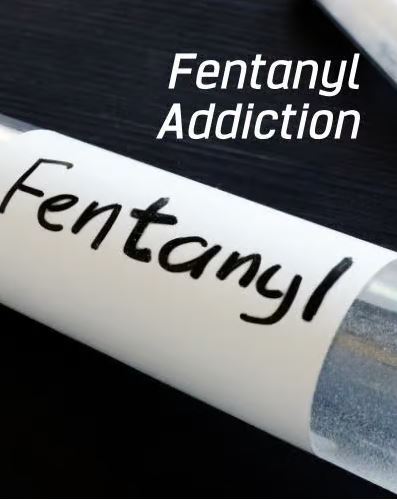
China And Fentanyl
China has played a notable role in the global fentanyl crisis due to its involvement in producing and distributing this potent synthetic opioid. Here’s a closer look at the relationship between China and fentanyl:
Production Hub:
- China’s large chemical manufacturing industry has made it a significant source of precursor chemicals for producing fentanyl and its analogs. These precursor chemicals are often shipped to illegal laboratories in various countries to synthesize illicit drugs.
Exportation:
- Illicitly manufactured china fentanyl and its precursor chemicals have been exported from China to different parts of the world. The country’s regulatory environment, particularly in the past, allowed for a degree of laxity that enabled the illicit fentanyl trade to flourish.
International Concerns:
- China’s role in the fentanyl trade has prompted concerns from various countries, particularly those hit hard by the opioid crisis, such as the United States and Canada. The influx of potent synthetic opioids has led to a surge in overdose deaths and has prompted calls for increased international cooperation to address the issue.
Regulatory Measures:
- In response to international pressure and the urgency of the crisis, China has taken steps to tighten regulations on precursor chemicals and curb illicit fentanyl production. The Chinese government has classified fentanyl and some of its analogs as controlled substances, making their production and distribution subject to stricter oversight.
Ongoing Challenges:
- Despite regulatory efforts, illicit fentanyl production and distribution networks can be challenging to eliminate. Sophisticated trafficking methods, such as online marketplaces and shipping routes, continue to pose challenges for law enforcement agencies worldwide.
Broader Implications:
- The China-fentanyl connection highlights the global nature of the opioid crisis and the need for international collaboration to address drug trafficking and substance abuse. Efforts to combat the crisis extend beyond borders, involving diplomacy, law enforcement, public health, and addiction treatment.
China’s role in the fentanyl trade has brought attention to the complex challenges posed by synthetic opioids. Addressing this crisis requires a multifaceted approach involving cooperation between countries, regulatory measures, and comprehensive strategies to prevent these deadly substances’ illicit production and distribution.
First-class Facilities & Amenities
World-class High-Quality Addiction & Mental Health Rehabilitation Treatment
Rehab Centers TourRenowned Addiction Centers. Serene Private Facilities. Inpatient rehab programs vary.
Addiction Helpline(844) 597-1011Proven recovery success experience, backed by a Team w/ History of:
15+
Years of Unified Experience
100s
5-Star Reviews Across Our Centers
10K
Recovery Success Stories Across Our Network
- Low Patient to Therapist Ratio
- Onsite Medical Detox Center
- Comprehensive Dual-Diagnosis Treatment
- Complimentary Family & Alumni Programs
- Coaching, Recovery & Personal Development Events
Why Is Fentanyl Made In China?
Fentanyl is not exclusively made in China, but the country’s significant role in the production of fentanyl and its precursor chemicals can be attributed to several factors:
- Chemical Manufacturing Infrastructure: China has a large and well-established chemical manufacturing industry. The availability of various chemicals and equipment necessary for fentanyl production can make it easier for illicit manufacturers to operate within the country.
- Regulatory Environment: In the past, China had less stringent regulations and oversight on certain precursor chemicals used in fentanyl synthesis. This lax regulatory environment allowed more accessible access to these chemicals, making them more attractive to illicit producers.
- Cost Factors: The cost of production in China, including labor and raw materials, can be lower compared to other countries. This economic factor may have contributed to the decision of illicit manufacturers to set up operations there.
- Anonymity and Accessibility: The internet has facilitated the communication and coordination of illicit drug trade. Hidden within the dark web, online marketplaces allow traffickers to source chemicals, exchange information, and sell finished products, often anonymously.
- Global Distribution Networks: China’s well-developed international trade networks provide an avenue for distributing illicitly manufactured fentanyl and its precursor chemicals to various parts of the world.
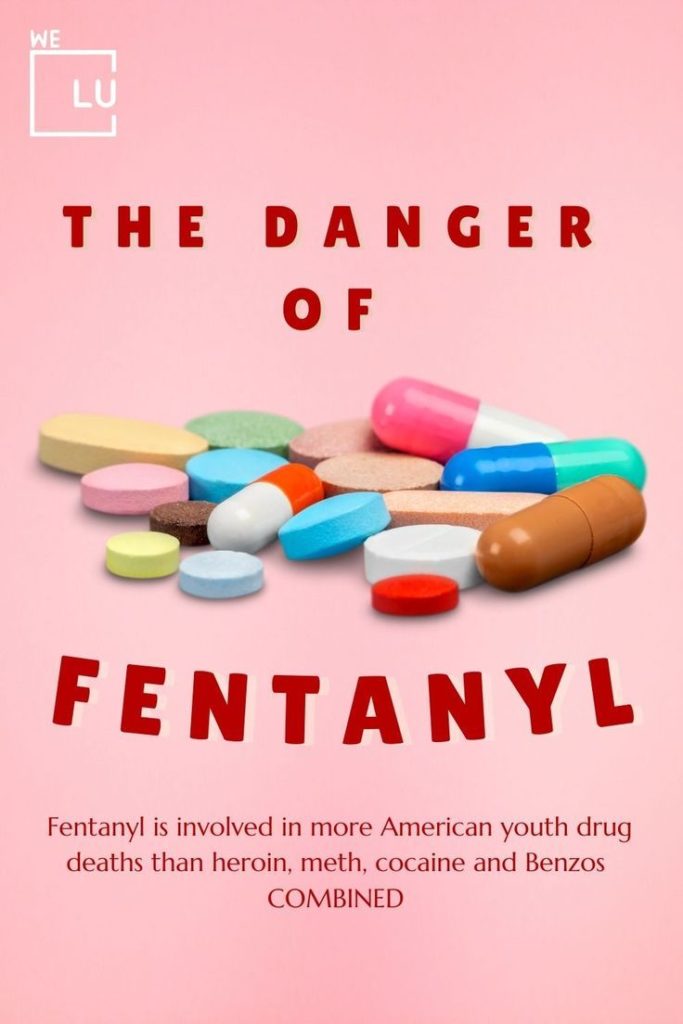
- Innovation in Chemical Research: China’s expertise in chemical research and development has also led to the creation of new fentanyl analogs. Some of these analogs may not be explicitly regulated, allowing manufacturers to exploit legal loopholes.
The Chinese government has taken steps to address the issue. In recent years, there have been efforts to tighten regulations on precursor chemicals and curb the production of illicit fentanyl. The Chinese government has also scheduled fentanyl and some of its analogs as controlled substances, indicating a commitment to controlling their production and distribution.
However, despite these efforts, the global nature of the illicit drug trade poses challenges. The production and distribution of fentanyl are not limited to China alone, and law enforcement agencies worldwide must collaborate to address the issue comprehensively.
World-class, Accredited, 5-Star Reviewed, Effective Addiction & Mental Health Programs. Complete Behavioral Health Inpatient Rehab, Detox plus Co-occuring Disorders Therapy.
CALL(844) 597-1011End the Addiction Pain. End the Emotional Rollercoaster. Get Your Life Back. Start Drug, Alcohol & Dual Diagnosis Mental Health Treatment Now. Get Free No-obligation Guidance by Substance Abuse Specialists Who Understand Addiction & Mental Health Recovery & Know How to Help.
We Level Up Fentanyl Detox Therapy Treatment
Welcome to We Level Up Treatment Center, where your journey to recovery begins with our specialized fentanyl detox program. Our team of experienced professionals is dedicated to providing you with the care and support you need to overcome the challenges of fentanyl addiction. Here are the comprehensive services we offer to guide you through a safe and effective detoxification process:
- Personalized Assessment: Our medical experts will thoroughly assess your physical and psychological condition to create a customized detox plan tailored to your needs.
- Medical Supervision: Your safety is our priority. Our medical team will closely monitor your progress around the clock, ensuring that any withdrawal symptoms or complications are managed promptly and effectively.
- Medication-Assisted Detox: We utilize evidence-based medications to alleviate withdrawal symptoms and cravings associated with fentanyl addiction. Our medical professionals will determine the appropriate medications to support your detox journey.
- Individual Therapy: Our licensed therapists provide one-on-one counseling sessions to help you address the psychological aspects of addiction. Through these sessions, you’ll develop coping strategies, explore underlying triggers, and build resilience for long-term recovery.
- Group Counseling: Participate in group therapy sessions to connect with peers facing similar challenges. These supportive environments offer a sense of community, where you can share experiences, gain insights, and learn from each other.
- Behavioral Therapy: Our skilled therapists employ evidence-based behavioral therapies, such as Cognitive Behavioral Therapy (CBT), to help you change negative thought patterns and behaviors associated with addiction.
- Holistic Therapies: Experience a range of holistic therapies, including yoga, meditation, art therapy, and mindfulness practices, which promote overall well-being and reduce stress.
- Nutritional Support: Proper nutrition is essential for physical recovery. Our nutritionists create balanced meal plans to nourish your body and aid healing.
- Fitness and Exercise: Engage in physical activities tailored to your fitness level, promoting physical strength, improved mood, and increased self-esteem.
- Aftercare Planning: Your journey doesn’t end with detox. We provide comprehensive aftercare planning to ensure a seamless transition to the next phase of treatment, whether it’s residential rehab, outpatient care, or ongoing support groups.
At We Level Up Treatment Center, we believe in your strength and potential for recovery. Our fentanyl detox program is designed to empower you with the tools and strategies needed to break free from the grip of addiction. Your healing is our mission, and we’re here to support you every step of the way.
Experience Transformative Recovery at We Level Up Treatment Centers.
See our authentic success stories. Get inspired. Get the help you deserve.
Start a New Life
Begin with a free call to an addiction & behavioral health treatment advisor. Learn more about our dual-diagnosis programs. The We Level Up Treatment Center Network delivers recovery programs that vary by each treatment facility. Call to learn more.
- Personalized Care
- Caring Accountable Staff
- World-class Amenities
- Licensed & Accredited
- Renowned w/ 100s 5-Star Reviews
We’ll Call You
Watch The Drug Addiction Informative Video
Video Script
Joey’s Opiates, Drugs, and Alcohol Addiction Recovery Story
Joey’s story is a sad reminder of the harsh reality of addiction. He faced significant challenges in his recovery journey after losing his son, but his progress toward sobriety has been inspiring. The crucial first step for Joey was seeking help for his addiction, and he deserves all the necessary support to aid his recovery process.
Search We Level Up China Fentanyl Resources
Sources
- National Institute on Drug Abuse (NIDA) – Fentanyl Drug Facts: https://www.drugabuse.gov/publications/drugfacts/fentanyl
- Centers for Disease Control and Prevention (CDC) – Fentanyl Facts: https://www.cdc.gov/stopoverdose/fentanyl/index.html
- Drug Enforcement Administration (DEA) – Fentanyl: https://www.dea.gov/factsheets/fentanyl
- Substance Abuse and Mental Health Services Administration (SAMHSA) – Fentanyl: https://www.samhsa.gov/medication-assisted-treatment/medications-counseling-related-conditions/fentanyl
- National Library of Medicine (NLM) – Fentanyl: https://medlineplus.gov/druginfo/meds/a605043.html
- Food and Drug Administration (FDA) – Fentanyl Transdermal System: https://www.fda.gov/drugs/postmarket-drug-safety-information-patients-and-providers/fentanyl-transdermal-system
- National Institute of Justice (NIJ) – Fentanyl Safety Recommendations for First Responders: https://nij.ojp.gov/topics/articles/fentanyl-safety-recommendations-first-responders
- Office of National Drug Control Policy (ONDCP) – Fentanyl: The Next Wave of the Opioid Crisis: https://obamawhitehouse.archives.gov/blog/2017/03/29/fentanyl-next-wave-opioid-crisis
- National Institute of Standards and Technology (NIST) – NIST Reference Materials for Measuring Opioids, Including Fentanyl: https://www.nist.gov/news-events/news/2019/01/nist-reference-materials-measuring-opioids-including-fentanyl
- National Institutes of Health (NIH) – NIH HEAL Initiative Research Plan to Address the Opioid Crisis, Including Fentanyl: https://heal.nih.gov/research/research-plan



